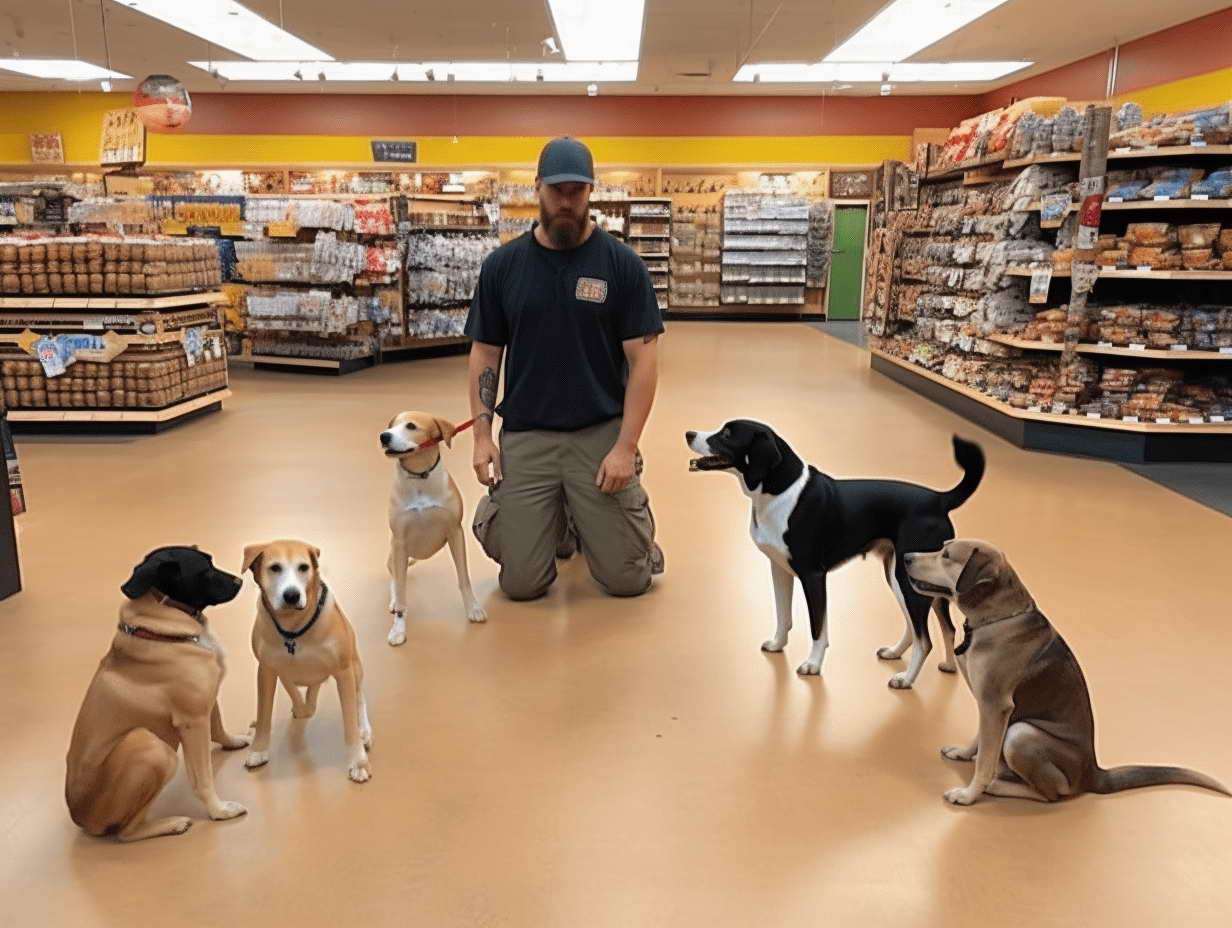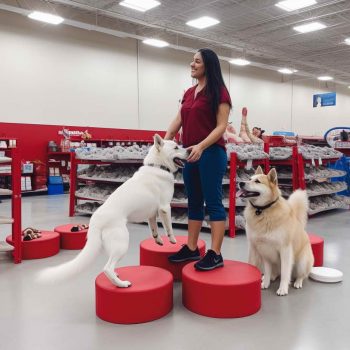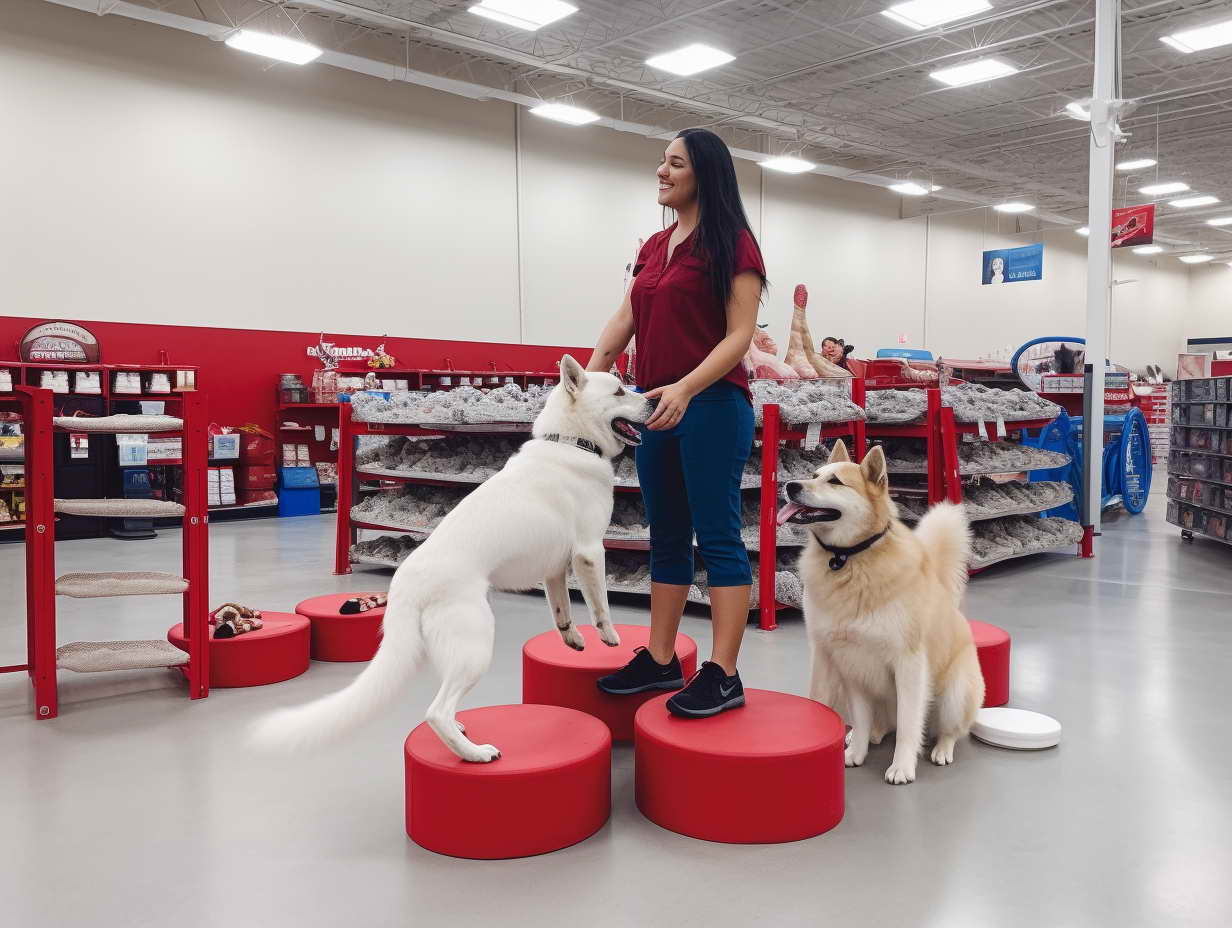Dog Training Nothing In Life Is Free: A Comprehensive Guide to Effective Canine Training
Dog training is an essential aspect of responsible pet ownership. Among various training methods, “Nothing In Life Is Free” (NILIF) has gained popularity for its effectiveness and positive impact on canine behavior. In this comprehensive guide, we delve deep into the world of NILIF training, shedding light on its principles, techniques, and benefits. Whether you are a first-time dog owner or a seasoned pet parent seeking new insights, this article is your ultimate resource for mastering the art of NILIF dog training.
Dog Training Nothing In Life Is Free: Understanding the Concept
NILIF, or “Nothing In Life Is Free,” is a training philosophy based on the idea that dogs must earn life’s rewards through obedience and good behavior. Instead of providing rewards, affection, or treats freely, NILIF encourages dog owners to establish a structured hierarchy where the dog understands that following commands and behaving appropriately lead to positive outcomes. This approach fosters respect, trust, and cooperation between the dog and its owner.
The Core Principles of NILIF Dog Training
To implement NILIF Nothing In Life Is Free effectively, it’s crucial to grasp its core principles:
1. Positive Reinforcement
NILIF relies heavily on positive reinforcement to reinforce desired behaviors. When your dog follows a command or behaves well, reward them with praise, treats, or affection. This technique encourages your dog to associate good behavior with positive outcomes, making them more likely to repeat those actions.
2. Consistency
Consistency is key in NILIF training. Set clear rules and expectations for your dog and ensure that all family members or caretakers enforce them consistently. Dogs thrive in a predictable environment, and a consistent approach will yield better results.
3. Patience and Persistence
Every dog learns at its own pace, so be patient and persistent throughout the training process. Celebrate small victories and be understanding during setbacks. Consistent training will eventually lead to lasting behavioral changes.
4. Leadership and Boundaries
NILIF emphasizes the importance of establishing yourself as the leader of the pack. By setting clear boundaries and consistently enforcing them, your dog will understand its place in the hierarchy, promoting respect and obedience.
Starting with NILIF Training: Step-by-Step Guide
Starting with NILIF Training: Step-by-Step Guide
Embarking on the journey of NILIF training with your beloved canine companion can be both exciting and rewarding. This step-by-step guide will walk you through the process of implementing this effective training method and establishing a harmonious bond with your furry friend.
1. Set Clear Rules and Commands
The first step in NILIF training is setting clear and concise rules for your dog to follow. Determine the behaviors you want to encourage and those you wish to discourage. Keep the commands simple and consistent, using short phrases that are easy for your dog to understand. For example, commands like “sit,” “stay,” “down,” and “come” are fundamental building blocks of NILIF training.
2. Identify Rewards for Positive Reinforcement
In NILIF training, positive reinforcement is the key to success. Identify the rewards that motivate your dog the most. These can include tasty treats, verbal praise, belly rubs, or even playtime with their favorite toy. Remember, the reward should be something your dog values and looks forward to receiving when they exhibit the desired behavior.
3. Establish a Structured Daily Routine
Dogs thrive on routine, and establishing a structured daily schedule can significantly aid in NILIF training. Set specific times for training sessions, meal times, playtime, and rest. Consistency in your dog’s daily routine will help them understand what to expect and when to expect it, making them more receptive to training.
4. Begin Training Sessions with Basic Commands
Now that you have your rules and rewards in place, it’s time to start training sessions with your furry companion. Begin with basic commands, such as “sit” and “stay.” Use a positive and encouraging tone when giving commands and reward your dog immediately when they respond correctly. Repetition and consistency are crucial during these early training sessions.
5. Apply NILIF to Daily Interactions
As your dog becomes more accustomed to following commands during training sessions, it’s time to apply NILIF principles to your daily interactions. Before offering treats or affection, ask your dog to perform a command, such as “sit” or “lie down.” This reinforces the concept that rewards are earned through obedience, promoting a respectful and cooperative relationship.
6. Be Patient and Consistent
Patience and consistency are the pillars of successful NILIF training. Understand that every dog learns at their own pace, and progress may vary from one canine to another. Celebrate even the smallest achievements and avoid punishment for mistakes. Consistently enforce the rules and reward good behavior to reinforce positive habits.
7. Gradually Introduce New Challenges
As your dog becomes more proficient in basic commands and NILIF principles, gradually introduce new challenges to keep their training engaging and stimulating. Incorporate more complex commands or work on specific behaviors that require improvement. This continuous learning process will ensure that your dog remains mentally stimulated and eager to learn.
8. Practice NILIF Beyond Training Sessions
NILIF is not limited to structured training sessions alone. Extend the principles of this training philosophy to various aspects of your dog’s life. For instance, ask your dog to sit before you leash them for a walk or wait before placing their food bowl down. Consistent application of NILIF throughout your dog’s daily routine will reinforce their understanding of earning rewards through good behavior.
9. Seek Professional Guidance When Needed
While NILIF is a powerful and effective training method, every dog is unique and may have specific challenges or behavioral issues that require professional assistance. If you encounter difficulties in training or need guidance in handling particular situations, don’t hesitate to seek the expertise of a certified dog trainer or behaviorist. They can provide personalized advice and help you tailor the training to suit your dog’s individual needs.
10. Maintain a Positive Attitude
Lastly, always maintain a positive and optimistic attitude during the training process. Dogs are incredibly perceptive to their owner’s emotions and energy. Stay patient, encouraging, and loving throughout the journey. Celebrate your dog’s progress, no matter how small, and let them know they are doing an excellent job.
By following this comprehensive step-by-step guide, you’ll establish a strong foundation for NILIF training and create a loving and respectful relationship with your four-legged companion.

Frequently Asked Questions about NILIF Dog Training
Q: Is NILIF training suitable for all dogs?
A: Yes, NILIF training can be beneficial for dogs of all ages, breeds, and temperaments. It establishes a positive structure that promotes obedience and respect.
Q: How long does it take to see results with NILIF?
A: The timeline for seeing results varies depending on the individual dog and its willingness to learn. Some dogs may show improvements in a few weeks, while others might take several months.
Q: Can I combine NILIF with other training methods?
A: Yes, you can integrate NILIF with other positive reinforcement training methods to create a comprehensive training program tailored to your dog’s needs.
Q: What should I do if my dog doesn’t respond to NILIF?
A: If your dog seems unresponsive to NILIF, reassess your training techniques and consult a professional dog trainer for guidance.
Q: Can NILIF training be used to address behavioral issues?
A: Yes, NILIF training can help address behavioral issues by reinforcing desirable behaviors and redirecting unwanted ones.
Q: How can NILIF strengthen the bond with my dog?
A: NILIF creates a deeper bond by establishing trust and respect between you and your dog, leading to a more harmonious relationship.
Conclusion
Dog Training Nothing In Life Is Free is a powerful approach that transforms the way you interact with your canine companion. By implementing positive reinforcement, consistency, and patience, you’ll witness significant improvements in your dog’s behavior and overall well-being. Embrace the NILIF philosophy, and you’ll build a stronger, more rewarding relationship with your four-legged friend.


Leave a Reply